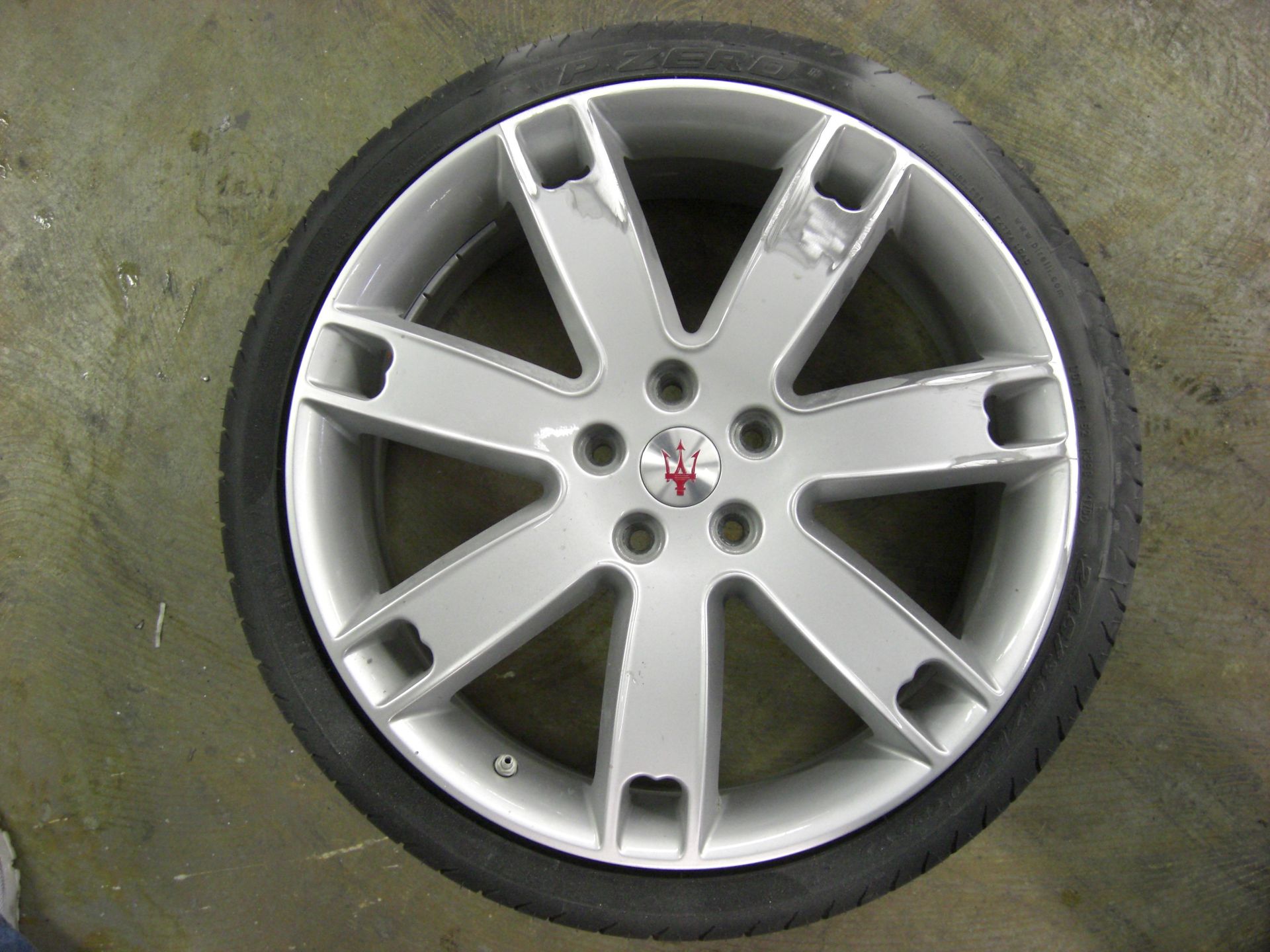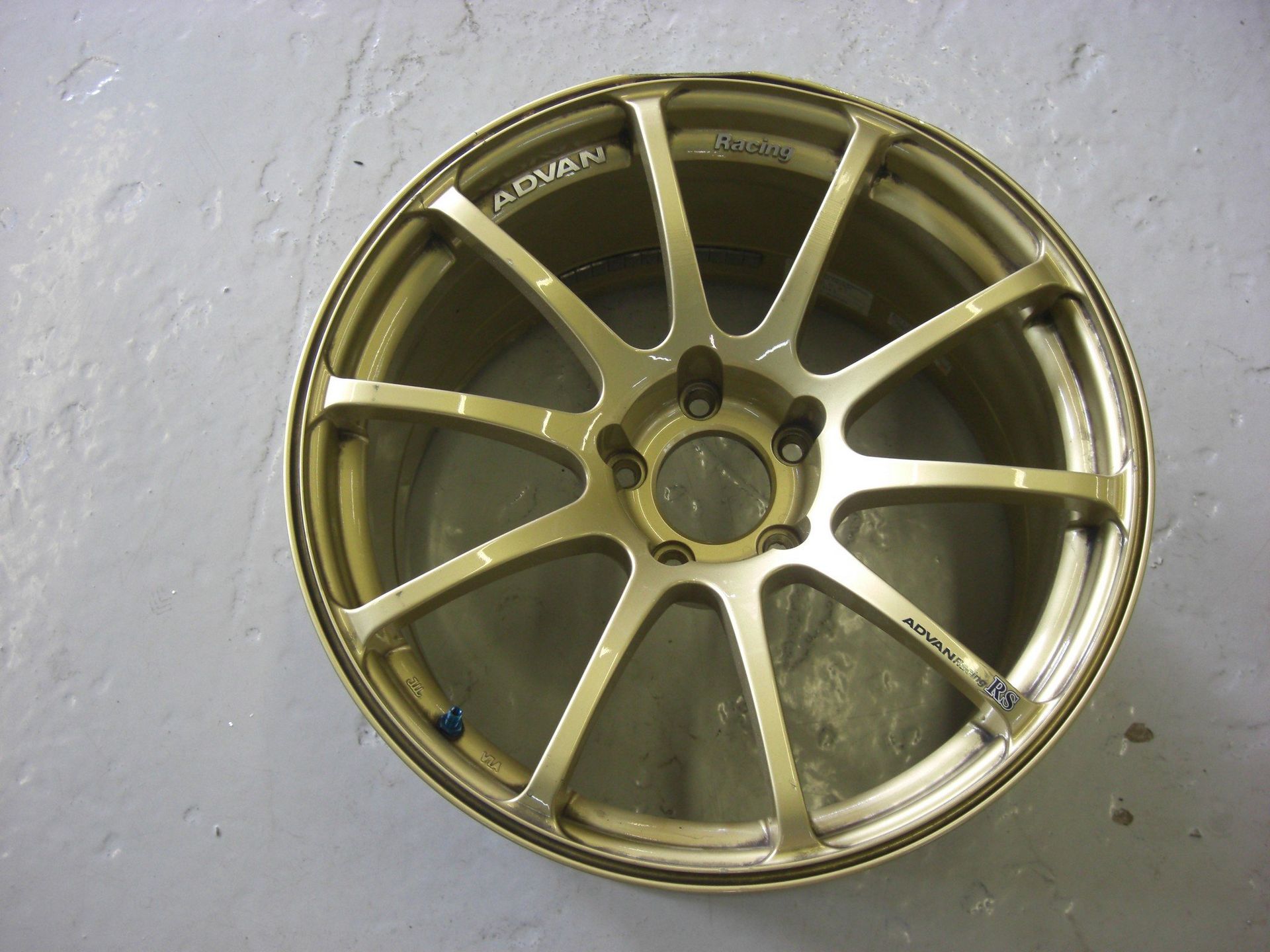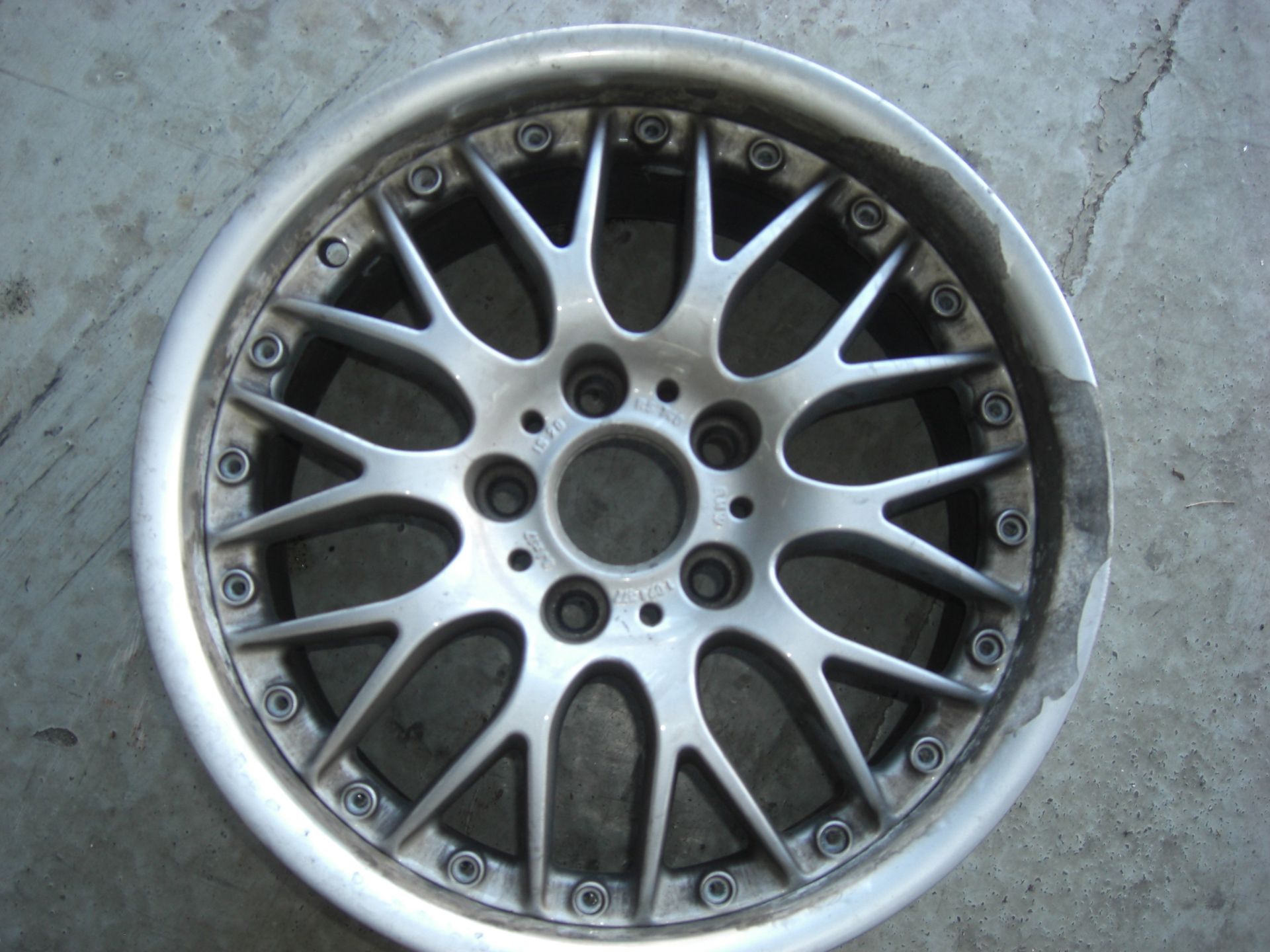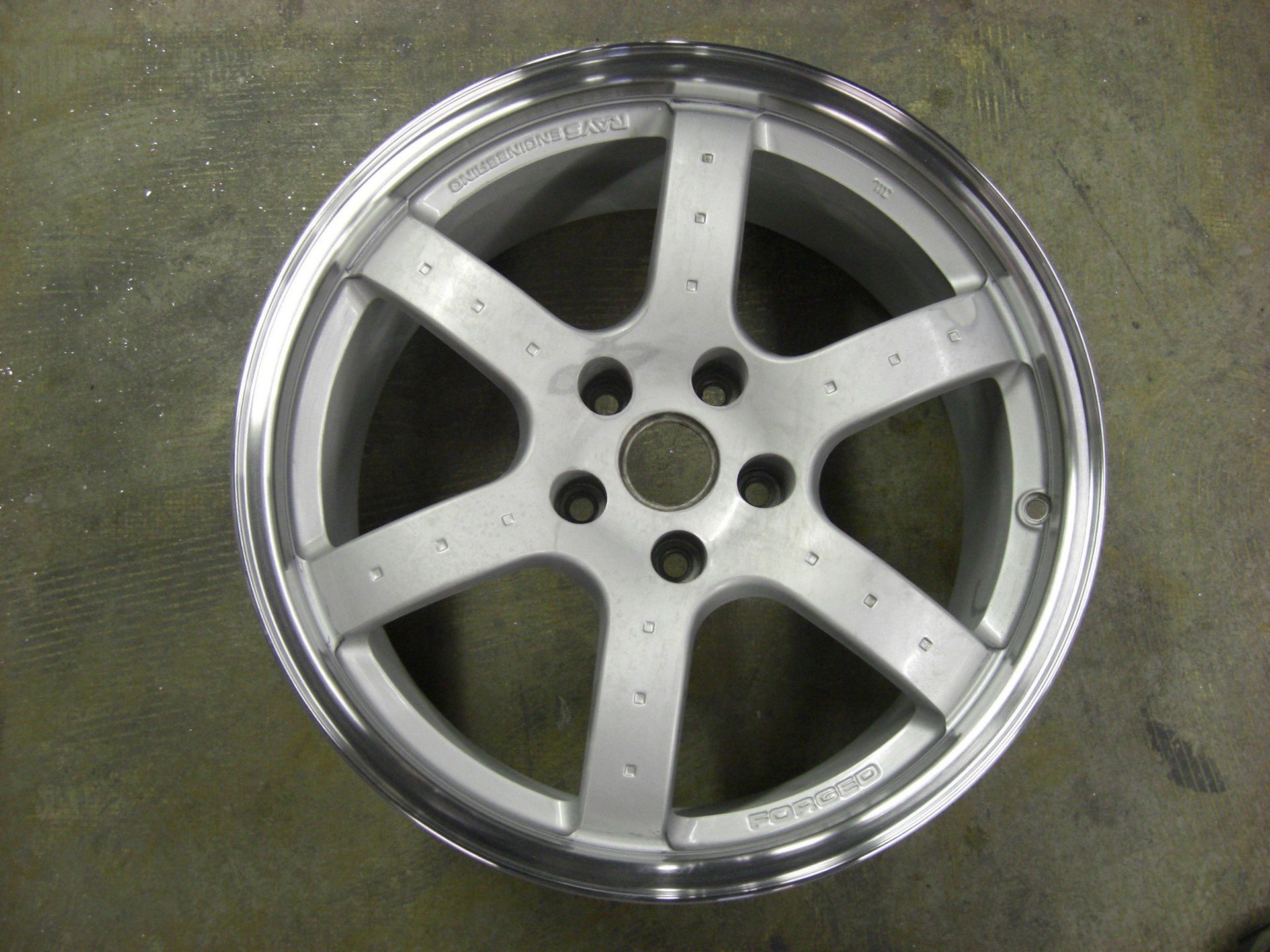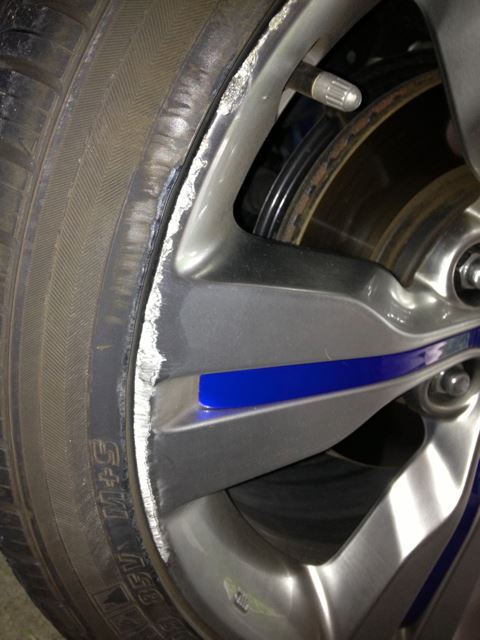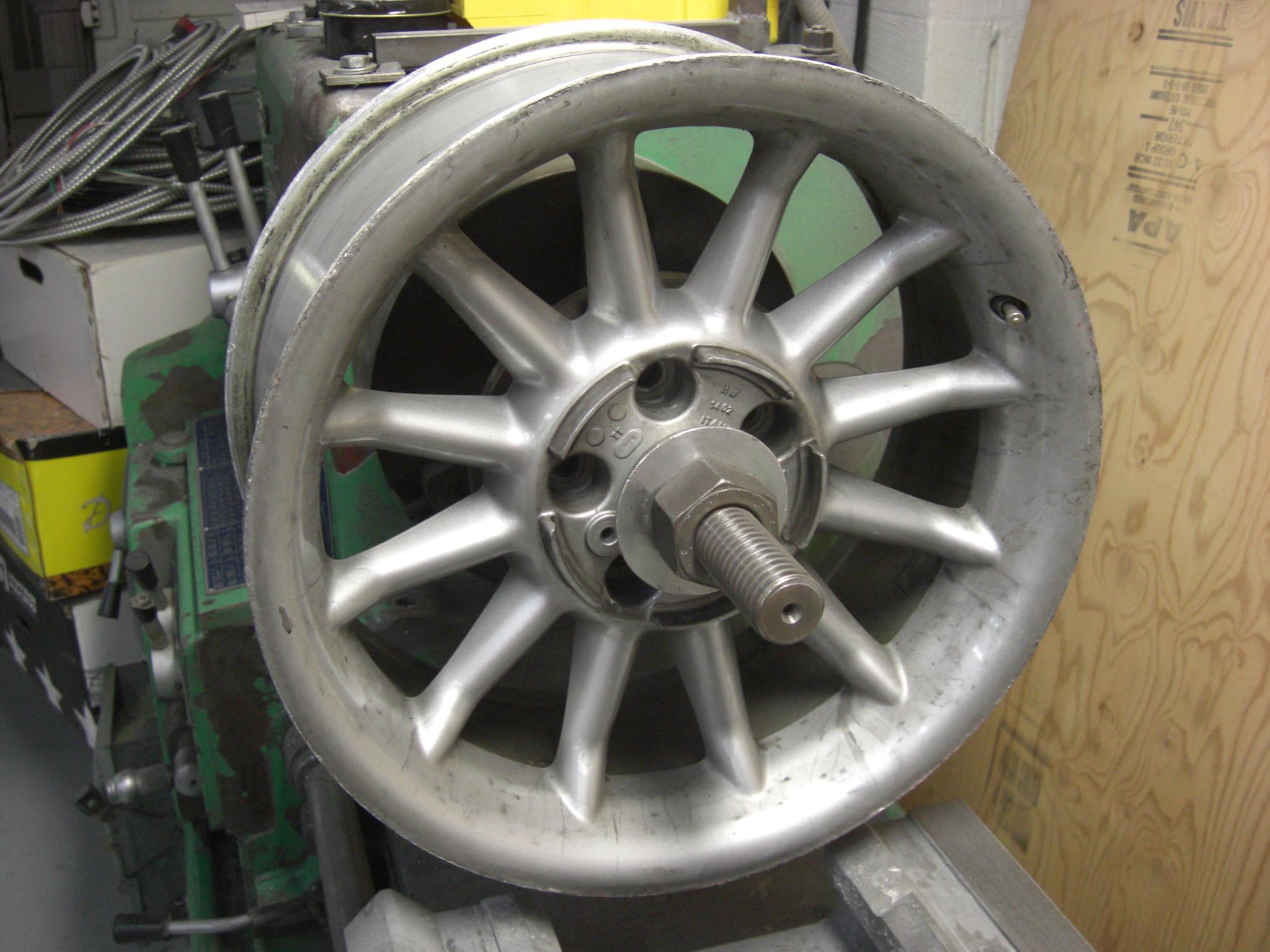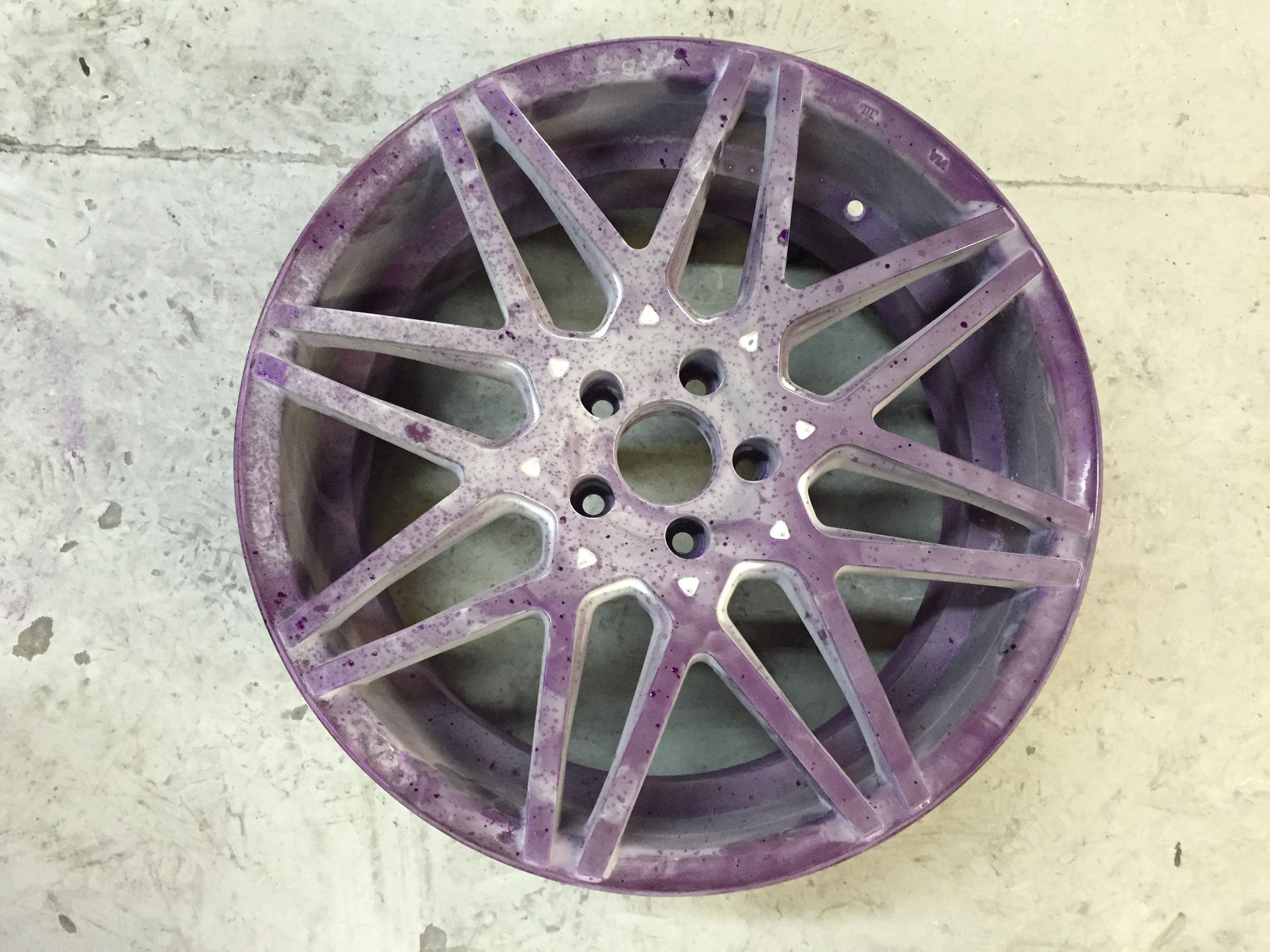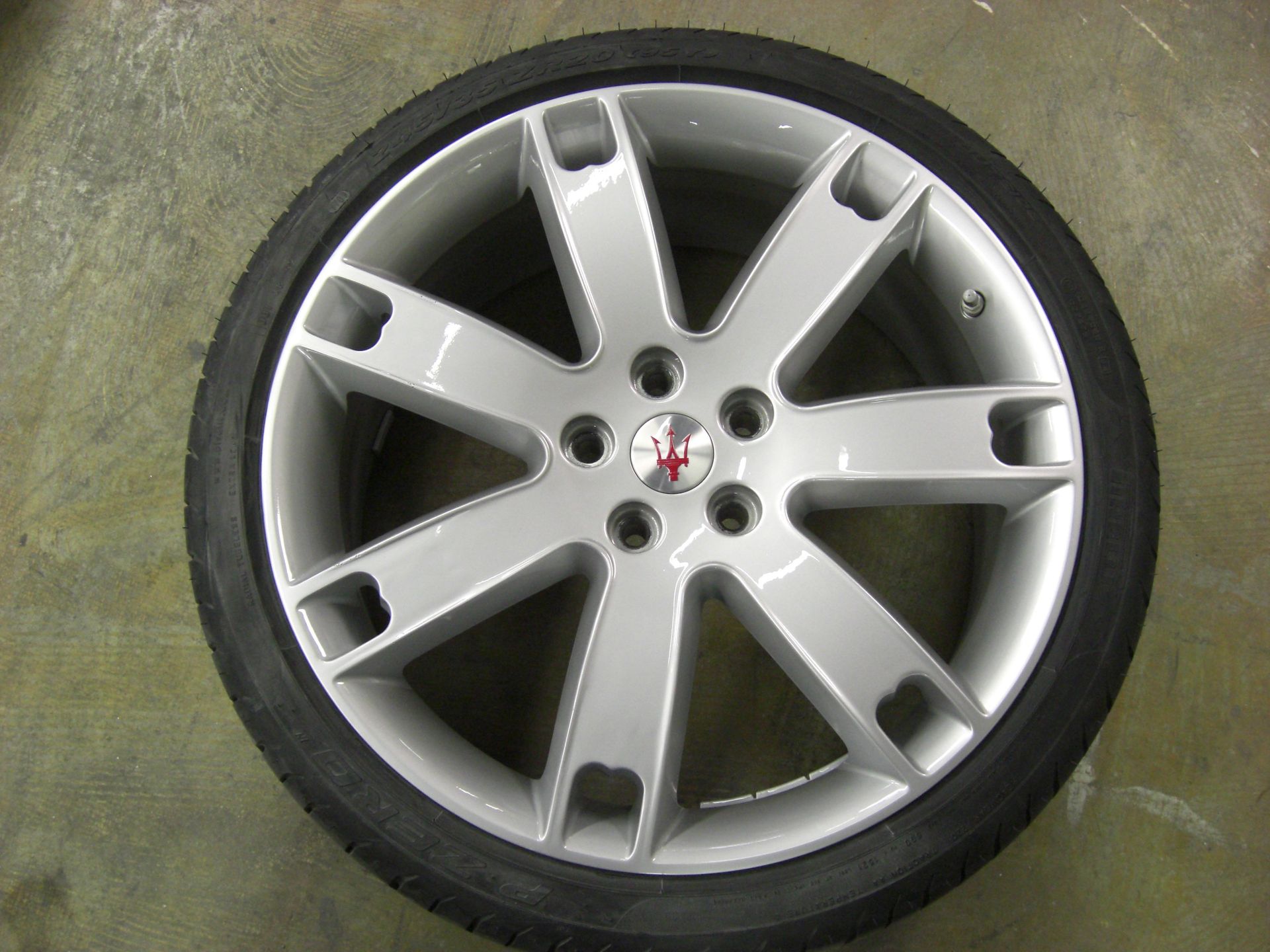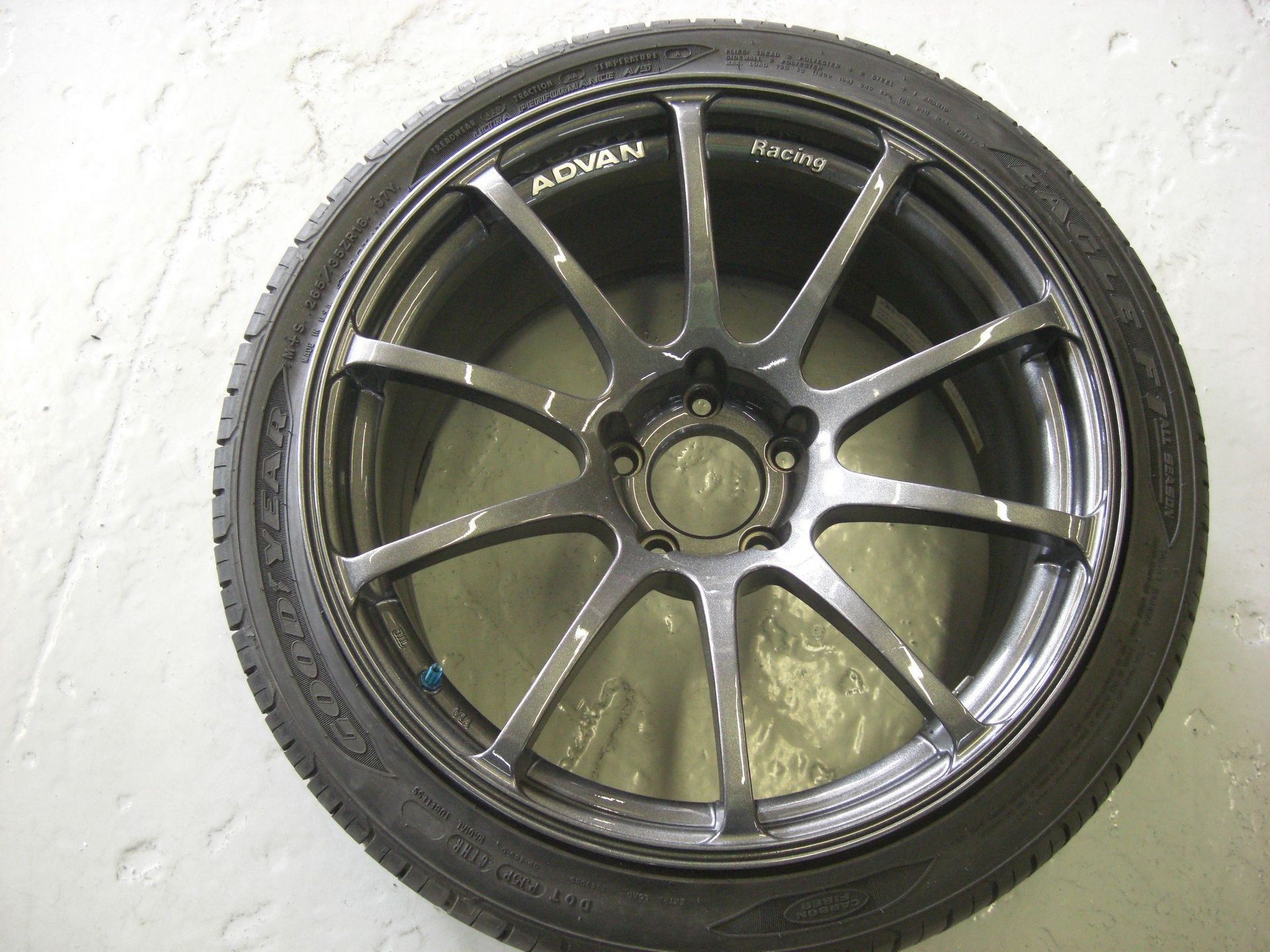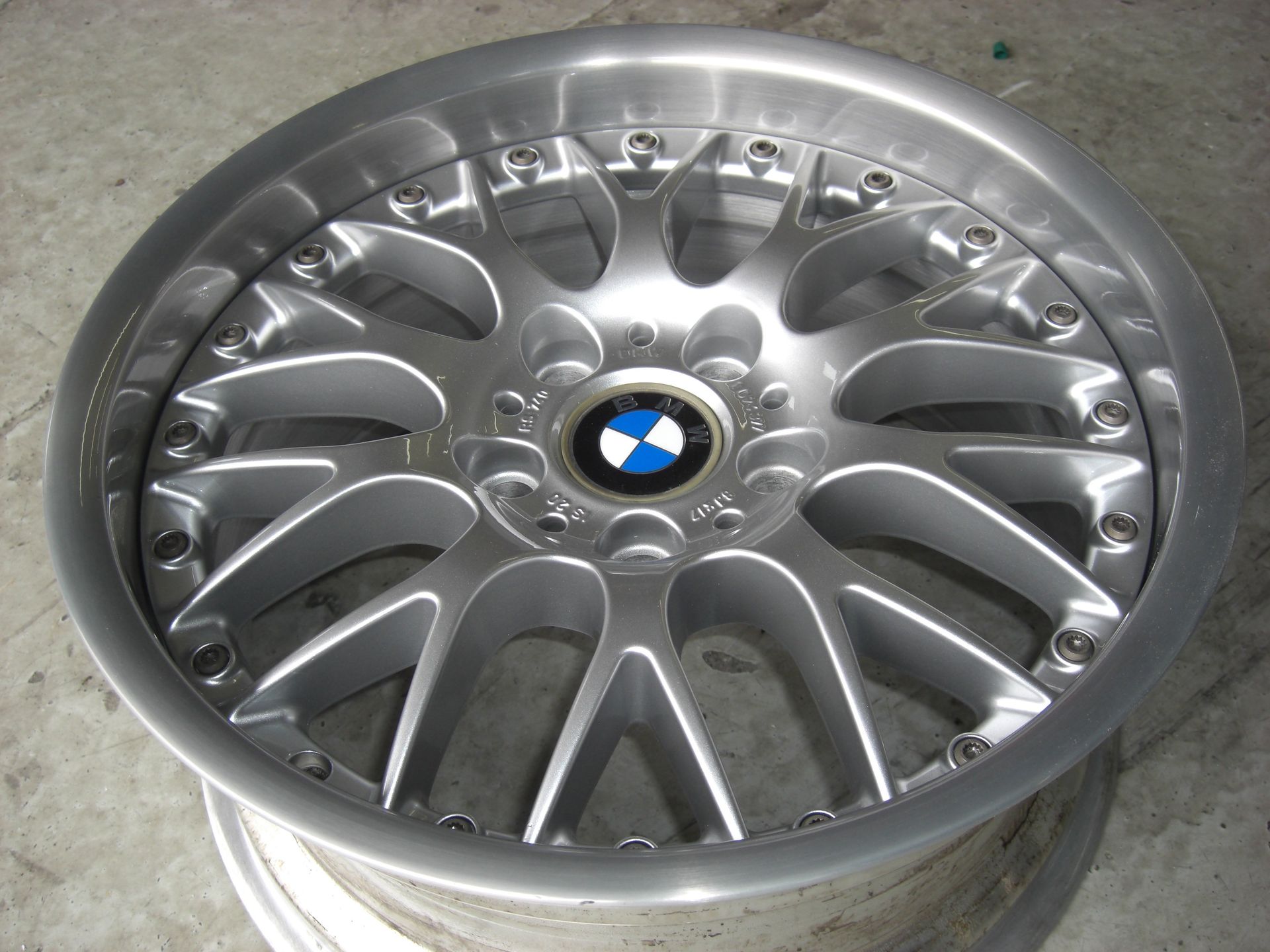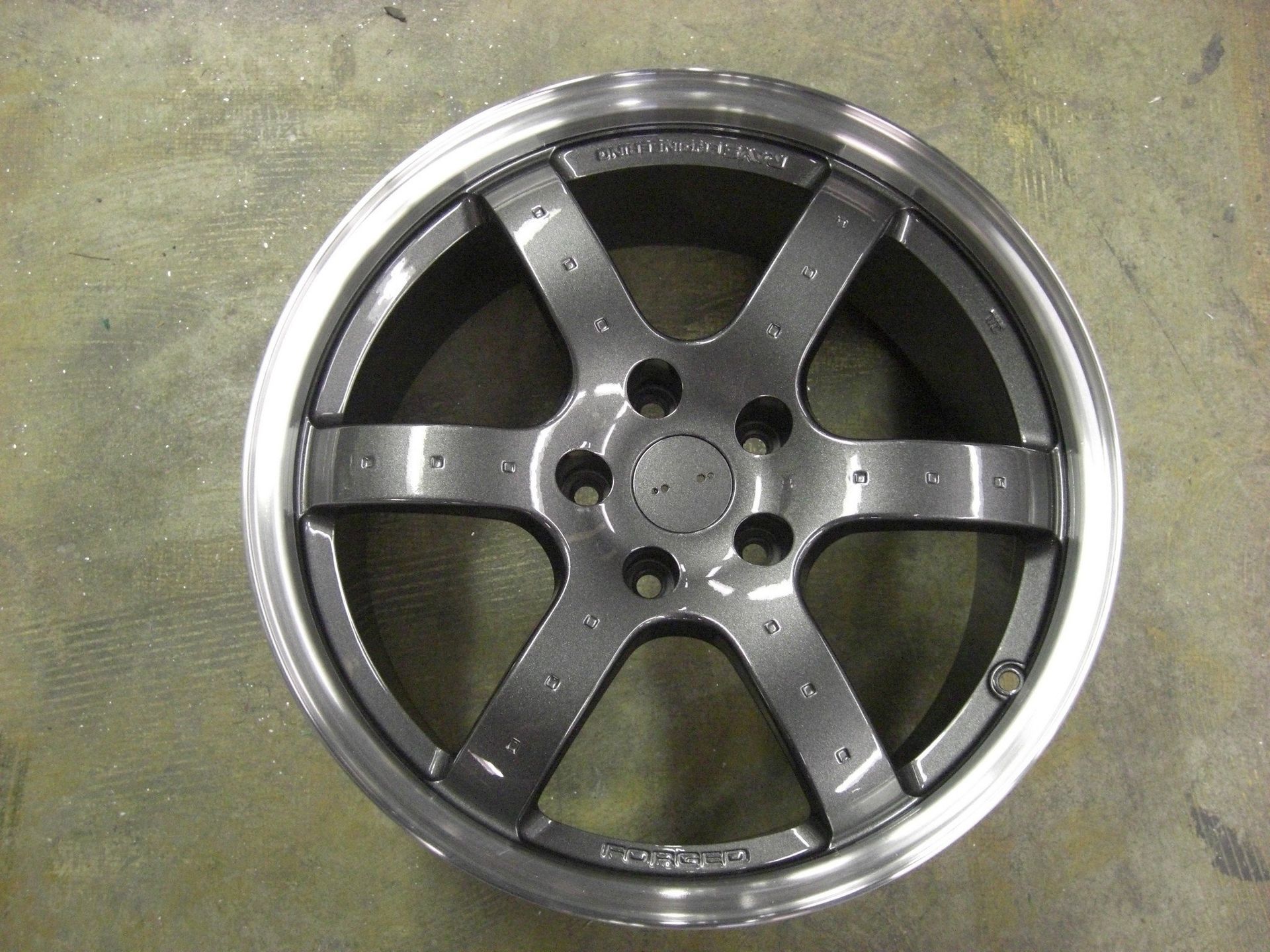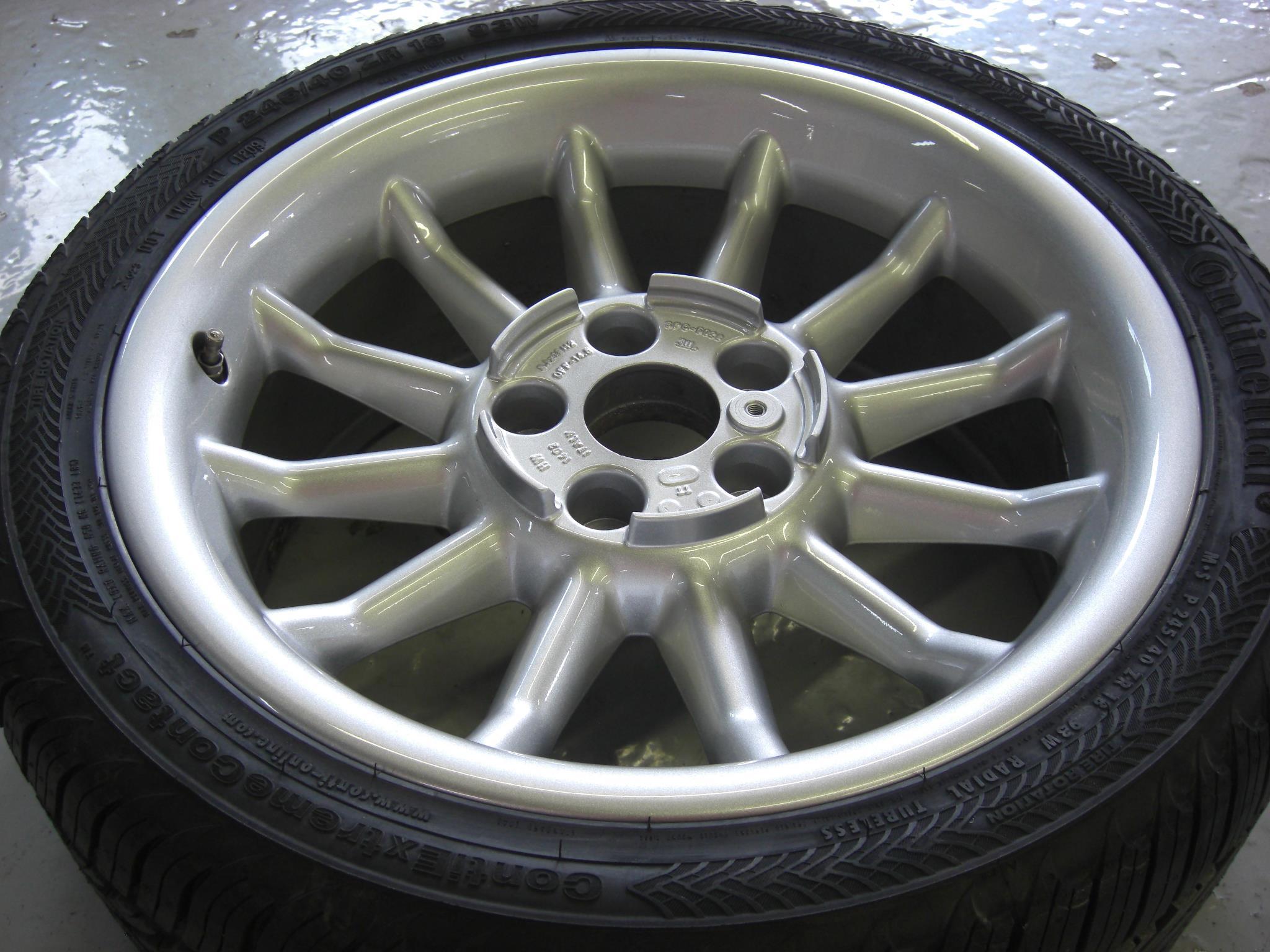Cosmetic

Monday - Thursday
9am - 6pm
Closed 12-1 Lunch

4407 Sycamore Road
Cincinnati, OH 45236
I-71 North to Ronald Reagan Hwy/OH-126 West Exit 14.
Take Blue Ash /Kenwood Rd Exit. Turn left at the ramp exit light. Turn left at Blue Ash Rd.
Turn Right onto Sycamore Rd
(at the 4-way stop sign. )
We are the 2nd building on the left hand side (2-story grey building), beside European Auto.

Had my factory wheels powdercoated by Wheel Doctor today, and they came out amazing! I went in thinking of going gloss black, and after speaking to the guy at the desk, he talked me into going satin black, and I'm very happy I did. Dropped my car off, they took the tires off, fixed my curb rash, powdercoated the wheels, put the tires back on, rebalanced and reinstalled, THE SAME DAY. Amazing service. Thanks!

Facebook...
Fast service. Dropped my car off. They did everything else in 24 hours. Great price and they fixed 2 wheels that had been bent, a little, by potholes. Car rides better than when I got it.Blain W.

Facebook...
Dropped off the wheel for my toyota corolla yesterday, got it back today and it's back on the car, went above and beyond with the tire repair. Greatly appreciated. I will definitely use wheel doctor again if the need arises.Chirs C.

Facebook...
These did a great job fixing a bend/crack and all the curb rash I put on my wheels. And the color that we chose to powder coat them looks awesome! I'd recommend these guys to anyone looking to get wheel work done.Tim C.
Cosmetic Wheel Repair/Refinish
Text us a picture of your damaged wheel
513-886-2020
Wheel Doctors Process
Wheels are re-moved from the vehicle.
Tires are removed from the wheels.
Center caps, clip on and stick on wheel weights, adhesive, tar, valve stems/ or tpms sensors are removed from the wheel.
Wheels are thoroughly cleaned, media blasted or chemical stripped, then re-cleaned and ready to be prepped for cosmetic refinish.
All cosmetic damage to the wheel is repaired.
Wheels are powder coated with primer, powder coated with color of choice. Satin colors are a single stage process and gloss colors receive a clear coat.
Center caps (when applicable) are painted to match the color of the wheels. Most center caps are plastic and cannot sustain the powder coat process due to heat.
Tires are re-mounted and balanced with stick on weights, new valve stems are installed / or tpms sensors re-installed on the wheels.
Wheels are re-installed on the vehicle.
*When wheels are brought to us without tires all the steps are still completed with the exception of the removal and remount and balance of the tires.
Wheel Before...
Wheel After...
As with most things in life faster isn't always better. It just came to our attention that another facility in tri-state area has been using direct flame from an oxygen acetylene torch to BURN off the existing finish of there customers wheels before abrasive blasting them to "quickly" turn the jobs around and move on the next one! This is an extremely bad process, Its softens the metal of the wheel and can lead to a catastrophic failure if done. This type of corner cutting is what can save a shop money but "COST" you in the long run. Wheel Doctor does not and will not burn finishes off, Ever! We only use costly Chemical stripping and or time consuming abrasive blasting to strip our wheels in preparation for Paint or Powder coat. This takes longer but its the only correct way to prepare the wheels.
In addition to this here at the Wheel Doctor we have inspected wheel from other facilities and found there Powder Coat to be applied way to thick and covering areas that should be left raw, let me explain...
Powder coat manufactures have a data sheet sent out with all products they sell with recommended application thickness as well as bake time to used by the applicator. Applying the material in excess thickness can result in under baking where the excess thickness acts as an insulator, in addition to severely diminished chip resistance.
Second, upon our inspections of wheels done by other shops we found not only powder coat but excessive amounts of it on what is called the "mounting flange" or the part of the wheel that directly contacts the brake rotor, this should never have powder coat on it, it s the mechanical connection of the wheel to your car and should always be a direct metal to metal contact point. Powder coat on this area can at the very least contribute to a poor ride though lateral movement of the wheel or in the worst case wheels that come loose or even come off the car from the powder on the mounting flange compressing and allowing the lug nuts to loosen.
Powder Coat Finishes
Powder coating is an advanced method of applying a protective finish to many materials that are used both by manufacturing and consumers. The powder used for the process is a mixture of finely ground particles of pigment and resin which then is sprayed onto the surface to be coated. The charged powder particles adhere to the electrically grounded surface until heated and fused into a smooth coating in a curing oven. The result is a uniform, durable, and high-quality finish.
Wheel Doctor powder coats the majority of the wheels we refinish. Powder coat is more chip and corrosion resistant than paint. Also, the majority of OEM wheels are powder coated from the factory.
Painted Finishes
Factory painted wheels come mostly in shades of silver. There are different colors of paint, giving the customer many options to choose from. Many of our customers want to change to anthracite grey, gun metal gray, or even a various shades of black. Some of our customers have had their wheels painted the exact same color as their car. It’s often surprising what an effect this kind of thing has on the “look” of the car. Using a slightly different silver, for example, tends to make the car stand out, but in a more subtle way.
Painted wheels are sprayed with an automotive-style paint using an HVLP (High Velocity Low Pressure) spraygun. The Process of painting a wheel consists of prepping the wheel, priming it, painting it and applying a clearcoat, which seals the finish against corrosion. We use all OEM paints for restoration quality refinishing of all types of wheels.
Chrome Plating or Re-Chroming
***We do not offer chroming services***
Chrome plating is a process in which the wheel is usually polished, and then plated individually with a layer of nickel, then copper, then chrome. The nickel adheres to the wheel which then allows the bronze to adhere to the nickel which then allows the chrome to adhere to the bronze. The wheel is then finished there is no clear coat applied to the chrome. If the materials are good, then the chrome should last many years.
Chrome plating is a process with extreme environmental impact and is close to being banned entirely in Europe and the U.S. The EPA has set a very high bar for new chrome plating companies to earn licenses, keeping the industry very small and mostly centered in California.
Chrome Corrosion Services
***We do not repair chrome corrosion***
One of the reasons for peeling and flaking of the chrome in the tire "air" area (where the wheel is suppose to hold back the air pressure from the tire) is due to the use of fix-a-flat type products. Fix-a-flat type products are the chemicals that you put into a flat tire that inflates the tire while sealing the damaged area of the tire. The chemicals from the use of these types of products interact with the chrome compounds and cause the chrome to flake or peel. It is fine to use the product as a temporary fix - which is its intended use. However if one forgets that it is inside the tire, and allows for several days to pass before either replacing the tire, or having the tire fixed, you will discover that the chemical has caused the chrome to begin to let loose from the Aluminum wheel. If it is left inside the wheel for an extended period of time, the aluminum wheel itself will also start to deteriorate and will eventually cause the wheel to leak. This leak will be a slow leak - and will in most cases ruin the tire from under inflation. The only way to fix the leak is to remove the chrome with a heavy brush, have the wheel sealed with silicone (which is a temporary fix) and have it checked on periodically.
A second reason for the peeling and flaking is due to weather. Chrome wheels should be taken off your car during the winter weather. When chrome is exposed to salt, a chemical reaction occurs in which the salt literally “eats” the chromium right off the finish. This causes the chrome to eventually flake off and pits the metal surface of the wheel, often causing a condition in which the tires cannot seal correctly because the underlying surface of the wheel is flaking and pitted. Salt corrosion will destroy a chrome finish within a very few years.

